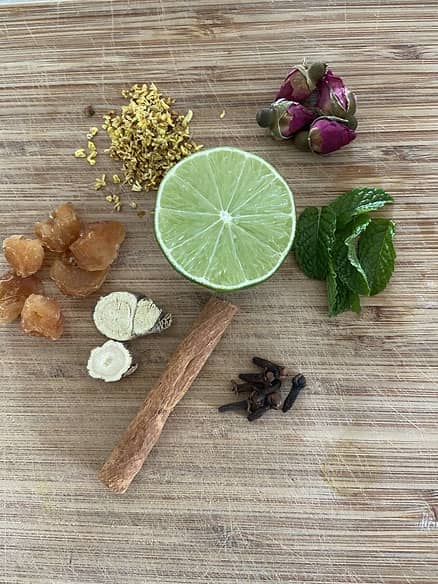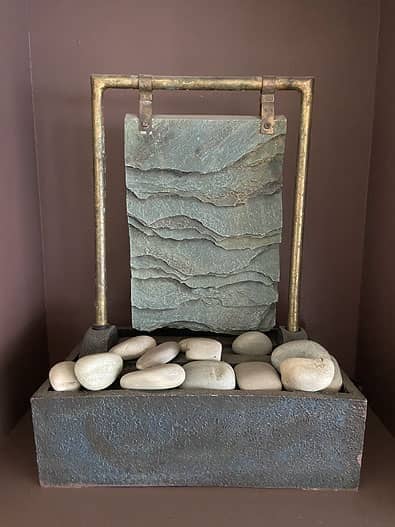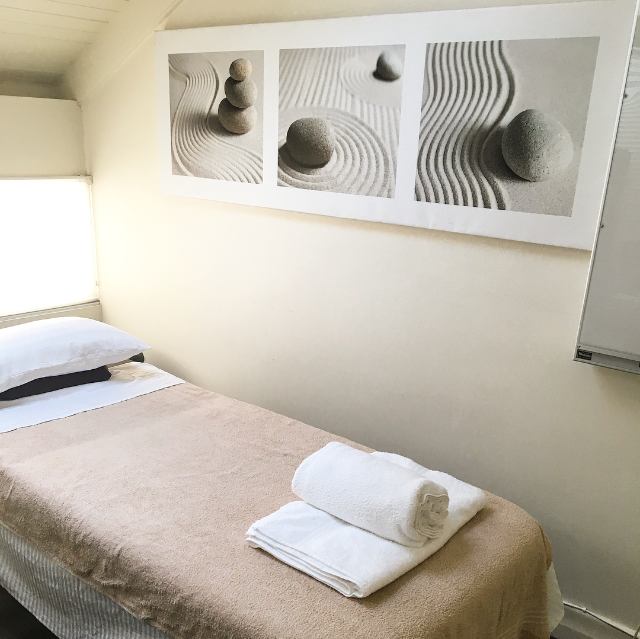Natural Remedies for Chronic Pain: Exploring Traditional Chinese Medicine
Chronic pain affects millions of people worldwide, impacting their quality of life and often leading to long-term disability. While conventional medical treatments offer relief for some, many individuals seek alternative approaches to manage their pain. Traditional Chinese Medicine (TCM) offers a holistic and time-tested approach to chronic pain management, focusing on restoring balance and harmony within the body. In this article, we will explore the principles of TCM and the natural remedies it offers for chronic pain relief.
Understanding Traditional Chinese Medicine: At the core of TCM lies the concept of Qi (vital energy) and its flow within the body. According to TCM theory, pain arises when Qi is blocked or disrupted along the body’s meridians or energy channels. TCM aims to restore the smooth flow of Qi and balance the body’s Yin and Yang energies to alleviate pain and promote overall well-being.
Natural Remedies for Chronic Pain:
Acupuncture: Acupuncture is perhaps the most well-known TCM modality for pain management. By inserting fine needles at specific acupuncture points along the meridians, acupuncture stimulates the body’s natural healing mechanisms, promotes circulation, and reduces pain perception. Research has shown acupuncture to be effective in relieving chronic pain conditions such as back pain, osteoarthritis, and migraines.
Herbal Medicine: Chinese herbal medicine utilizes a vast array of medicinal herbs to address the underlying causes of pain and inflammation. Herbal formulations are tailored to each individual’s unique pattern of disharmony and may include herbs with anti-inflammatory, analgesic, and muscle-relaxant properties. Common herbs used for pain relief include turmeric, ginger, licorice root, and Corydalis yanhusuo.
Tui Na Massage: Tui Na is a form of Chinese therapeutic massage that involves applying pressure and manipulation techniques to the body’s muscles and acupoints. Tui Na helps relieve muscle tension, improve circulation, and reduce pain by promoting the flow of Qi and blood. It is often used in conjunction with acupuncture for enhanced pain relief.
Qi Gong and Tai Chi: Qi Gong and Tai Chi are mind-body practices that combine gentle movements, breathwork, and meditation to promote relaxation, balance, and vitality. These ancient practices help regulate the flow of Qi, strengthen the body’s internal organs, and alleviate chronic pain conditions such as fibromyalgia and neuropathy.
Dietary Therapy: TCM emphasizes the importance of diet in maintaining health and preventing disease. Certain foods and herbs are believed to have warming, cooling, or dampness-dispelling properties that can influence pain perception and inflammation in the body. Incorporating foods such as ginger, garlic, green tea, and omega-3 fatty acids into your diet may help alleviate chronic pain symptoms.
Traditional Chinese Medicine offers a holistic and integrative approach to chronic pain management, addressing the root causes of pain and promoting overall health and well-being. By incorporating natural remedies such as acupuncture, herbal medicine, massage, Qi Gong, and dietary therapy into your pain management plan, you can reduce reliance on medications and improve your quality of life. However, it’s important to consult with a qualified TCM practitioner to receive personalized treatment based on your individual needs and health condition. With dedication and perseverance, you can find relief from chronic pain and embark on the path to healing and wellness.



















Leave A Comment